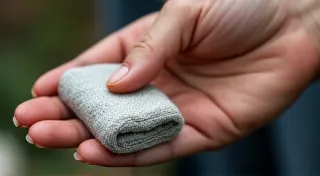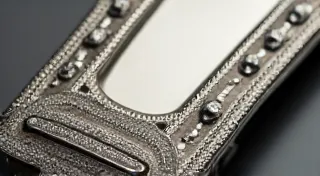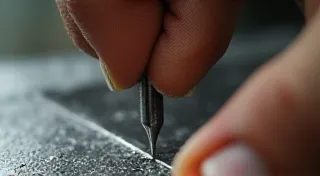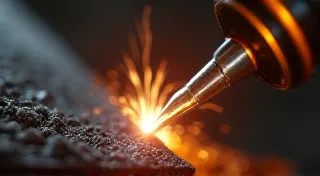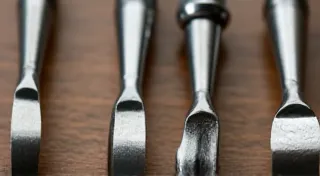Silver Safety: Precautions and Best Practices
Welcome to the wonderful world of silversmithing! Creating beautiful jewelry and metalwork can be incredibly rewarding, but it’s crucial to prioritize safety from the very beginning. This guide focuses on essential precautions for beginners working with silver, covering everything from ventilation to handling chemicals. Your well-being is paramount – let’s get started!
Ventilation: Breathing Easy
One of the most important safety aspects of silversmithing is proper ventilation. When sawing, filing, soldering, or polishing silver, fine particles are released into the air. These particles can be harmful if inhaled over time. Proper ventilation not only protects your lungs but also contributes to a more comfortable and enjoyable working environment. Before you even pick up your tools, consider the airflow in your workspace. If you are working with heavier gauge silver, understanding mastering the sawing technique is also vital for minimizing dust and metal particles.
Best Practices:
- Work in a Well-Ventilated Area: Ideally, work outdoors or in a space with excellent ventilation.
- Use a Local Exhaust Ventilation System: A fume extractor or dust collector is highly recommended. These devices draw air away from your breathing zone.
- Open Windows and Use Fans: If a dedicated ventilation system isn't available, open windows and use fans to circulate air.

Eye Protection: Shielding Your Vision
Silver dust, filings, and soldering splatter can seriously injure your eyes. Always wear appropriate eye protection. The process of etching, which many silversmiths employ to create unique designs, also releases potentially harmful fumes, reinforcing the need for excellent eye protection.
Best Practices:
- Wear Safety Glasses or Goggles: Choose glasses or goggles that provide ample coverage and meet ANSI Z87.1 standards.
- Side Shields are Essential: Side shields provide extra protection from particles entering from the sides.
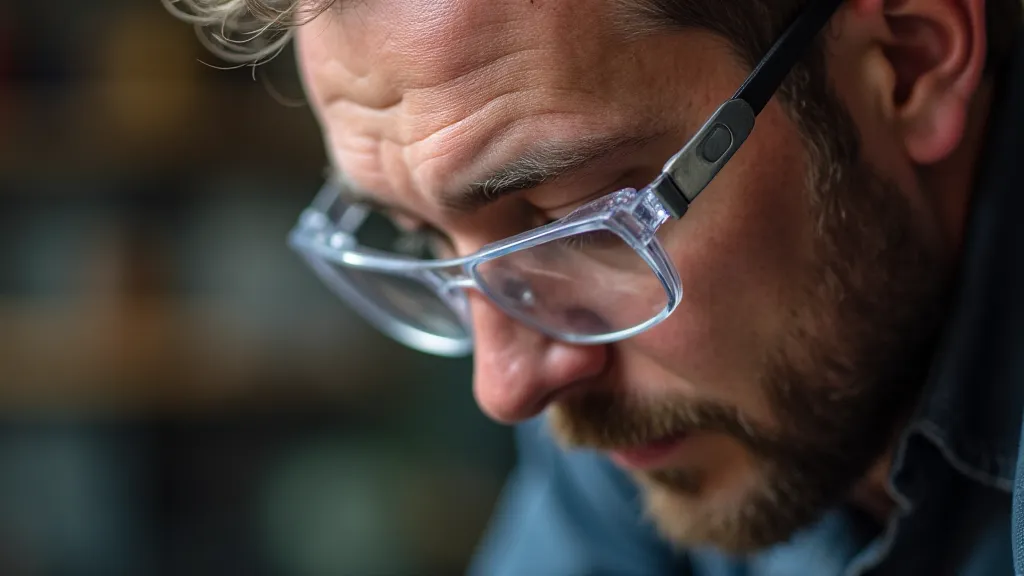
Handling Chemicals: A Careful Approach
Silversmithing often involves chemicals like pickle, flux, and cleaning solutions. These can be corrosive or toxic. Many silversmiths find that silver etching is a wonderful way to add personality to their pieces, but it requires meticulous care and handling of acids.
Best Practices:
- Read Material Safety Data Sheets (MSDS): Always read the MSDS for any chemical you use. These documents provide crucial information about hazards and safe handling procedures.
- Wear Gloves: Protect your skin by wearing appropriate gloves, such as nitrile or chemical-resistant gloves.
- Work in a Designated Area: Have a dedicated area for chemical handling, away from your work area.
- Proper Disposal: Dispose of chemicals according to local regulations. Never pour chemicals down the drain.
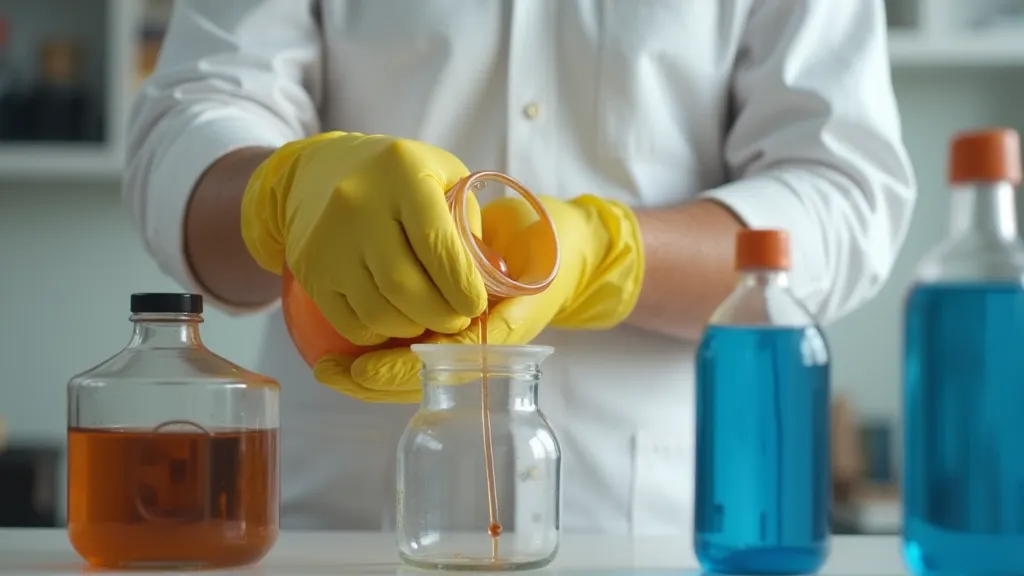
Fire Safety: Preventing Accidents
Soldering involves open flames and high temperatures, so fire safety is vital. When crafting more complex pieces, like a simple silver pendant, a thorough understanding of fire safety is indispensable.
Best Practices:
- Keep Your Workspace Clear: Remove flammable materials from your work area.
- Have a Fire Extinguisher Nearby: Keep a fire extinguisher rated for Class ABC fires readily accessible.
- Use a Soldering Screen: A soldering screen helps prevent sparks and molten metal from splashing.
- Allow Metal to Cool Completely: Never handle hot metal with your bare hands. Allow it to cool completely before touching it.
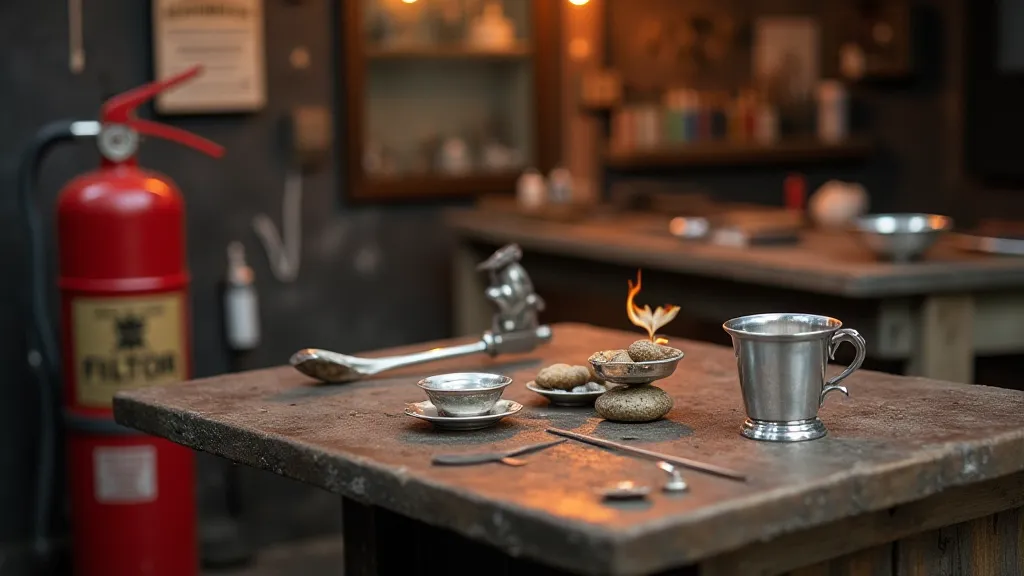
Dust Masks & Respirators: Further Protection
While ventilation is key, a dust mask or respirator offers an extra layer of protection, especially when sanding or polishing. Understanding the nuances of different silver grades, like understanding silver grades, can also influence your workflow and potential dust generation, impacting your need for respiratory protection.
Best Practices:
- Choose the Right Mask: A properly fitted N95 mask or a respirator with appropriate filters is recommended.
- Follow Manufacturer's Instructions: Always follow the manufacturer’s instructions for mask fitting and filter replacement.
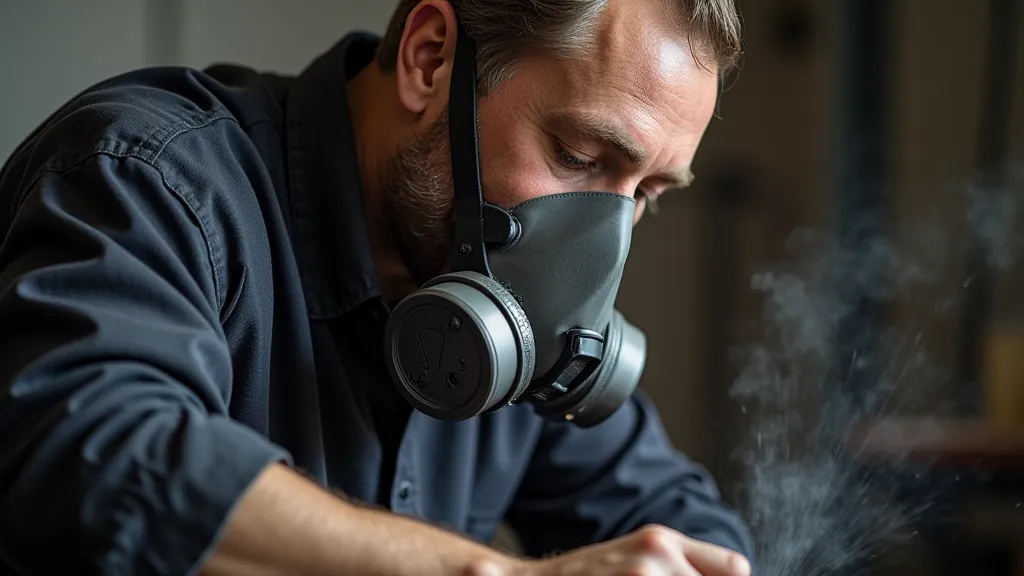
Beyond the Basics: Advanced Safety Considerations
This guide covers the fundamental safety precautions for silversmithing. However, as your skills advance and your projects become more complex, it's important to remain vigilant and adapt your safety practices accordingly. Consider investing in specialized equipment, like automated polishing machines, which can significantly reduce exposure to dust and fumes. Regularly inspect your equipment and ensure it’s functioning correctly. A damaged soldering iron, for example, can be a serious fire hazard.
Ergonomics and Workspace Setup
Safety isn't just about avoiding immediate hazards; it's also about protecting your long-term health. Poor posture and repetitive motions can lead to musculoskeletal problems. Optimize your workspace to minimize strain. Ensure your workbench is at a comfortable height, and use ergonomic tools whenever possible. Take frequent breaks to stretch and move around. A comfortable and well-organized workspace can significantly reduce the risk of injury and fatigue.
Legal and Regulatory Compliance
Silversmithing, especially when operating a business, may be subject to local and national regulations regarding waste disposal, chemical storage, and worker safety. Familiarize yourself with these regulations and ensure your practices are in compliance. This might include obtaining permits, implementing hazard communication programs, and providing safety training for employees. Ignorance of the law is not a defense, and failing to comply with regulations can result in fines and legal action.
Emergency Preparedness
Despite your best efforts to prevent accidents, emergencies can still happen. Develop an emergency preparedness plan that outlines the steps to take in case of a fire, chemical spill, or other incident. This plan should include contact information for emergency services, evacuation routes, and procedures for handling specific hazards. Regularly review and update the plan, and conduct drills to ensure everyone knows what to do.
Conclusion
Silversmithing is a rewarding craft, but safety should always be your top priority. By following these precautions and best practices, you can minimize risks and enjoy a safe and productive silversmithing experience. Remember, a little caution goes a long way! Prioritizing your safety ensures that you can continue to create beautiful and enduring works of art for years to come.
